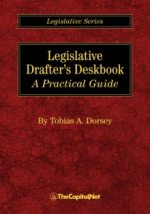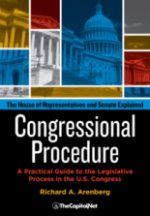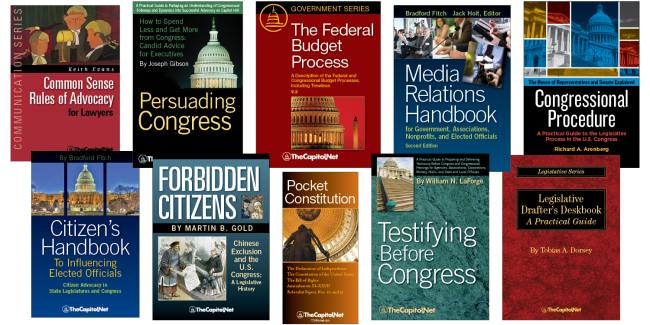From the Congressional Glossary – Including Legislative and Budget Terms
Whip, Majority Whip, Minority Whip

In addition to the majority and minority party leaders, each party elects assistant leaders, or “Whips.” Assistants to the floor leaders who are also elected by their party conferences. The majority and minority whips (and their assistants) are responsible for mobilizing votes within their parties on major issues. In the absence of a party floor leader, the whip often serves as acting floor leader.
The Whips assist the leadership in managing the party’s legislative program on the floor of the House and provides information to party members about important legislative-related matters. The Whips keep track of all politically important legislation and ensure that all members of their parties are present when important measures are to be voted upon. When a vote appears to be close, the Whips contact absent members of their party and advise them of the vote. Due to the larger number of members in the House of Representatives, House Whips appoint “deputy whips” to assist them in their activities. In addition, the House Democrats elect a number of “zone whips,” chosen by Democrats from particular regions of the country to assist in the informational activities of party leadership.
Colloquially, “whipping” is called “herding cats.”
Majority Whip: In effect, the assistant majority leader, in either the House or Senate. The Majority Whip’s job is to help marshal majority forces in support of party strategies and legislation. The party caucus elects the whip.
Minority Whip: Performs duties of whip for the minority party. Members of the minority party elect the Minority Whip.
Congressional Leadership: Crash Course Government and Politics #8
More
- Congressional Leadership at CongressLeaders.com
- House Democratic Whip
- House Republican Whip
- House Democratic Whips, 1899 to present – Clerk of the House
- House Republican Whips, 1897-present – Clerk of the House
- “Senate Leadership Structure: Overview of Party Organization,” CRS Report RS20933 (3-page PDF
 )
) - “Party Leaders in the House: Election, Duties, and Responsibilities,” CRS Report RS20881 (4-page PDF
 )
) - “Guide to Individuals Seated on the House,” CRS Report 98-396 (7-page PDF
 )
) - Chapter 1.F. House of Representatives, in Congressional Procedure
- Congressional Whip Count Database – Prof. C. Lawrence Evans, College of William and Mary
- Whip (politics) – Wikipedia
Courses
- Congressional Operations Briefing – Capitol Hill Workshop
- Drafting Federal Legislation and Amendments
- Writing for Government and Business: Critical Thinking and Writing
- Custom Training, On-Site and Online
- Drafting Effective Federal Legislation and Amendments in a Nutshell, Audio Course on CD
- Congress, the Legislative Process, and the Fundamentals of Lawmaking Series a Nine-Course series on CD
Publications

Legislative Drafter’s Deskbook: A Practical Guide

Pocket Constitution

Citizen’s Handbook to Influencing Elected Officials: A Guide for Citizen Lobbyists and Grassroots Advocates

Congressional Procedure
CongressionalGlossary.com, from TheCapitol.Net
For more than 40 years, TheCapitol.Net and its predecessor, Congressional Quarterly Executive Conferences, have been teaching professionals from government, military, business, and NGOs about the dynamics and operations of the legislative and executive branches and how to work with them.
Our custom on-site and online training, publications, and audio courses include congressional operations, legislative and budget process, communication and advocacy, media and public relations, testifying before Congress, research skills, legislative drafting, critical thinking and writing, and more.
TheCapitol.Net is on the GSA Schedule, MAS, for custom on-site and online training. GSA Contract GS02F0192X
TheCapitol.Net is now owned by the Sunwater Institute.
Teaching how Washington and Congress work ™

